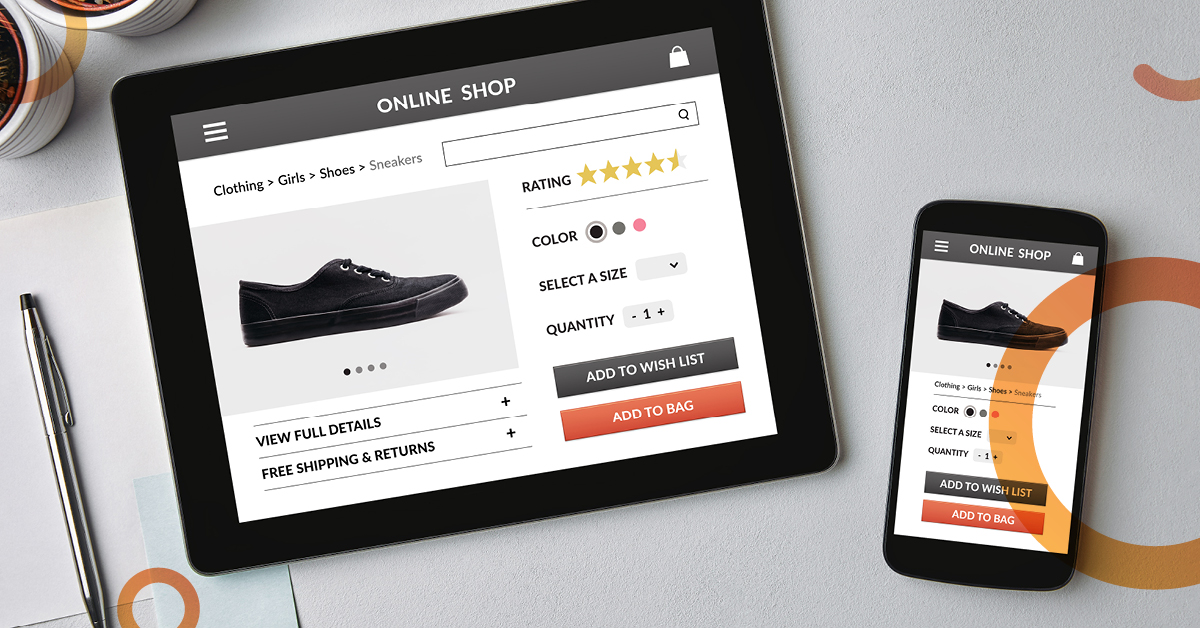You know that omnichannel delivery is a must-have to compete today. But can your marketing team keep up with these demands? A 2021 Forrester Study commissioned by Sitecore found that 73% of marketers use traditional web CMS for channel-specific content, with 43% creating content for just one channel.
A headless approach to content management reshapes how teams distribute digital content by decoupling content authoring and storage from the display and delivery platforms to offer the flexibility and scalability needed when distributing omnichannel content.
Separating content creation from the presentation layer provides much-needed flexibility and scalability for omnichannel distribution. A headless CMS enables today’s organisations to dynamically deliver content across websites, apps, e-commerce platforms, and other digital mediums supporting customer experiences.
It’s important to note that a headless CMS approach is not always the right solution for every business. I primarily see this benefiting businesses with complex websites, content and data feeds that require an alternative to the rigidity of traditional Web CMS platforms.
Whether a customer makes a purchase relies heavily on the product content. Images and descriptions without ample information can make people second guess their decision and may result in them not proceeding with the sale.
When shopping, we can often choose from different options for a particular product. A phone case might come in ten different colours, or a pair of shoes might have three designs; marketers must account for all this content and ensure its consistency. They also have the difficult job of not only ensuring consistency but enriching it to suit the channel or campaign.
The digital content supply chain is a process that connects product content across its lifecycle and eases distribution. It starts upstream with digital assets created by manufacturers and other primary content creators. These digital assets must then be sent downstream and stored in a repository for retailers and distribution partners. These companies can then enrich the content to suit each channel, overlay it with campaign-specific content, and publish it for consumers to view in print or digital media.
A Product Content Management (PCM) platform supports the digital content supply chain in the following ways:
Personalised content has become imperative for retail companies to compete and stay relevant to their customers. In response, I have seen two trends emerge: omnichannel content delivery and first-party customer data collection. What exactly do these encapsulate, why do they need to be considered collectively, and what do they mean for your retail business?








